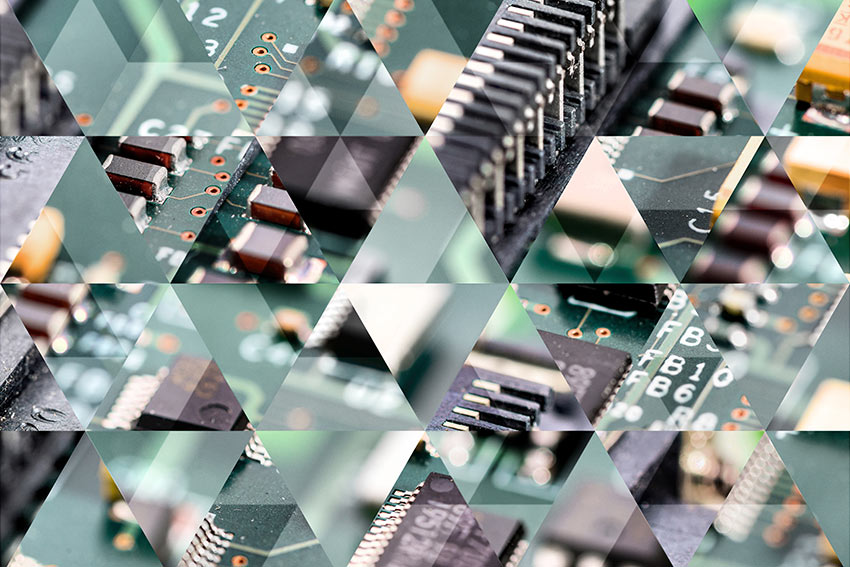14 August 2019
Embedded Engineering: 10 Life-Changing Innovations
By Stephanie Stevens

We know that engineers develop new technologies that make our lives better, but they are also working to make our everyday items smarter, more practical, and more intuitive to use. They are using embedded systems to control everything from basic household items to systems to keep us safe. It’s so seamless that we likely take many of them for granted. Check out our list of ten everyday items that have changed our lives through the innovative use of embedded engineering.
1. 3D printers
Conceived of by Hideo Kodama in 1981, 3D printing has gone from abstract concept to everyday use, and the print materials have evolved from plastic to nearly everything you can imagine. Did you know that you can 3D print an engagement ring with gold, or an entire house with concrete?
2. Smartphones
While technically a full-fledged computer, smartphones have several embedded engineering components in them such as cameras, flashlights, WiFi networking, and games. What fun would our phones be without those additional bits of tech?
3. Digital cameras
An engineer at Eastman Kodak built the first digital camera in 1975, but the technology wasn’t fully available to the public until 1999 with the Nikon D1. The digital cameras available today continue to be improved with embedded systems that do everything from image processing to detecting humans, motion, faces and more.
4. Digital alarm clocks
One of the simplest and most universally used items, digital alarm clocks have been a standard in homes since the 1970s. While they aren’t complex – with only a few simple programs to manage the display, the alarm sound, and the time – they’re a great example of how embedded engineering has changed our daily lives.
5. Fire safety systems
We’ve come a long way since the invention of the smoke detector. These days, fire safety systems, along with intelligent building design, can restrict damage by sensing fires earlier, more precisely managing fire suppression systems, and more accurately monitoring the fire’s location and temperature.
6. Automobiles
Since their invention in the 1880s, cars have been evolving through innovative engineering, and embedded systems have been replacing traditional mechanical systems. In fact, cars today utilize hundreds of microprocessors for tasks we take for granted, including keyless entry, automatic toll payment, navigation, sensing the oil level, throttle control, airflow and cruise control.
7. Washing machines
Not long ago, doing laundry consisted of turning some dials and hoping for the best. Today, with the addition of a variety of embedded engineering systems, washing machines are nothing short of miraculous. They can diagnose problems before a repairman is necessary and notify you (or Alexa) when your laundry is done.
8. Refrigerators
Speaking of appliances, have you taken a close look at your refrigerator lately? They’ve gone from the basic function of keeping our food cold to interactive helpers that notify us when we need milk, if something is spoiling in the vegetable drawer, and making suggestions for your next round of grocery shopping.
9. Robotic vacuum cleaners
The first “robovac” was sold in 1996 by Electrolux, but it didn’t deal well with running into things. In 2002, the Roomba was launched by iRobot and has become the standard for the market. There’s still room for improvement in their design (they can get stuck and they can’t climb stairs), but we’re sure updates are just around the corner.
10. The Internet of Things (IoT)
You’ve probably heard about it, but may not be clear on what it is. The term was invented to promote RFID technology, which allows an object, person, or animal to have a unique, digital identity. When that identity is web-enabled (via embedded technology), we can track everything from our pets to an Amazon delivery. The Internet of Things takes it a step further and enables those devices to link together, creating a new, interconnected world where our laptops connect to our fitness trackers, all without lifting a finger.
Tell us about your favorites in the comments below.